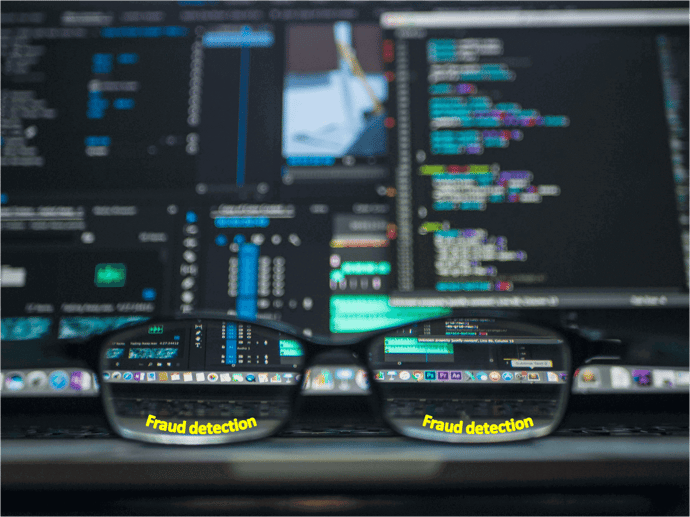Top 4 Artificial Intelligence algorithms for fraud detection
by Dr. Minita Mathew, on May 6, 2019 7:08:51 PM
Estimated reading time: 2 mins
As enterprises become digital, fraudsters are also becoming technology savvy and are constantly on the lookout of loopholes to perpetrate fraud. Every year billions of dollars are lost due to fraud with minuscule possibilities of recovery. The fraudsters have the technology to effectively side-step the checks and measures that enterprises have implemented after detailed due-diligence. This not only affects the enterprise's revenue but also poses significant risk to its customers as well. It is predicted that by 2020, the resulting revenue loss will reach a staggering $7 billion in USA alone.

New Age Measures for Fraud Detection:
Conventional rule-based measures such as ID verification, blacklisting IPs, setting a threshold on maximum number of transactions per day, etc. are easy to beat and will become obsolete sooner than later. Enterprises are now compelled to resort to Artificial Intelligence (AI) / Machine Learning (ML) that helps to overcome the limitations of a rule-based model. AI/ML based approach not only helps to identify patterns and detect anomalies but also sieve out potential frauds. In near-real-time, it can differentiate between a fraudster and a legitimate user without explicitly coding the rules and telling it what to look for, thereby preventing further fraud. AI/ML is further segregated into Supervised and Unsupervised Learning. Supervised Learning works with labelled fraudulent cases and has definite drawbacks. Unsupervised Learning model works on unlabeled datasets and thus scores over Supervised Learning models.
A Hybrid Approach to Outsmart the Smart:
The solution to this business conundrum is a hybrid approach using both Supervised and Unsupervised techniques to produce an optimal model to detect fraud. Some of the ML algorithms that are useful are:
- Clustering: This method clusters datasets and clubs together users or entities with similar characteristics. It makes patterns within each cluster more visible and also aids in detecting the outliers or fraudsters present in the dataset.
- Behaviour Patterns: It creates a behavior profile of a user based on the past behaviour in the system. If any deviation occurs from an observed behavior then these are flagged and further investigated to determine if it is a fraudulent one. Individuals with suspicious behaviour may be put in a “watch-list” and their transactions closely monitored.
- Deep Learning: This model trains an autoencoder only on the dataset of transactions that contains no fraudulent cases. It is able to reconstruct legitimate transactions very well but fails to reconstruct a fraudulent one thus throwing up the outliers.
- Graph Analytics: In this method, we model the entire dataset as a property graph and use graph analytics to detect fraud. It is very useful to provide insight into connections that exist in the data. Based on the connections that are unearthed, we are able to relate these entities and detect any collusive activities or fraud rings that may exist between them.
| Download white paper on "How to Discern Patterns From Transactional Data for Fraud Detection" |
In summary:
Though fraud comprises of less than 0.2% of the entire dataset, it hits hard and results in huge losses. An optimal fraud detection model needs to be designed using traits and characteristics that are obtained from both Supervised and Unsupervised Learning models in conjunction. A one size fits all solution fails while handling fraud as it differs by region and industry. As the world becomes increasingly digital and paperless and attacks occur from every corner, there is an ever increasing need to create accurate and adaptable fraud detection and prevention models. If applied correctly, AI/ML techniques are a highly effective weapon in the fight against fraud.

















